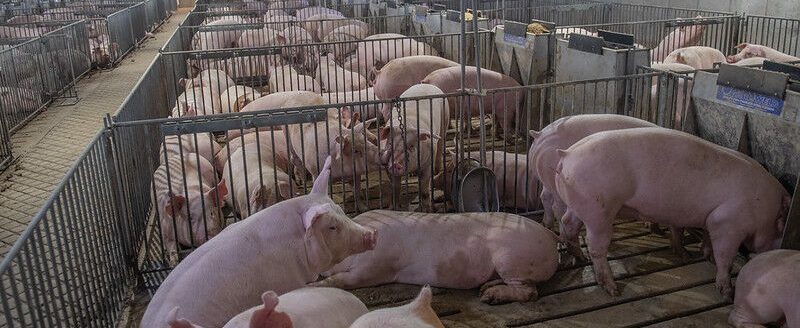Study: Increasing frequency of meals may help pregnant sows
Kansas State University swine nutritionists are making progress on studies that look at the best strategies for feeding sows prior to giving birth, work that they say will impact survivability and productivity in all phases of swine production.
Jason Woodworth, a swine nutritionist with K-State Research and Extension, said a trend toward increased litter sizes has led to challenges with lower birth weights, increased pigs born dead and longer farrowing periods for the sow.
“So, we’re trying to find ways that we can help overcome these challenges without negatively impacting sow performance or adding unnecessary costs for the swine producer,” Woodworth said.
Woodworth and his colleagues on K-State’s swine team will present recent findings on feeding sows just prior to farrowing during the university’s recent annual Swine Day.
“We have conducted a couple of large transition sow studies with commercial partners and have another one happening right now,” Woodworth said of the university’s trials with feeding pregnant sows.
There are several other studies taking place around the world on this topic, he said.
“Collectively, it does not appear that there is any specific diet formulation change that is the magic bullet to resolving the challenges faced by the sow prior to giving birth,” Woodworth said. “However, we have learned that how we feed the sow is important; increasing the frequency of meals has shown the greatest benefit. Instead of feeding one meal per day—which is common—feeding sows two to four meals results in better performance.”
He noted, however, that like all research, newer findings can change recommendations and it’s important for swine producers to stay current through such events as Swine Day.
More information on swine nutrition also is available online from K-State’s Department of Animal Sciences and Industry at www.asi.k-state.edu/research-and-extension/swine.


